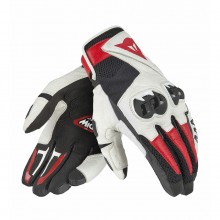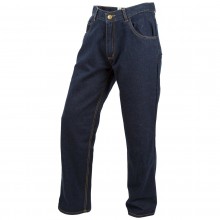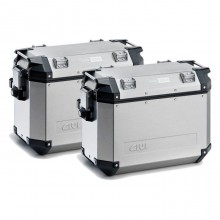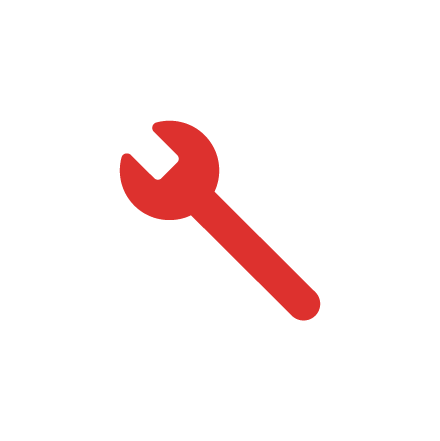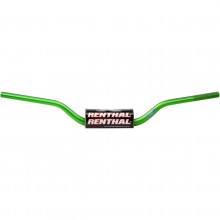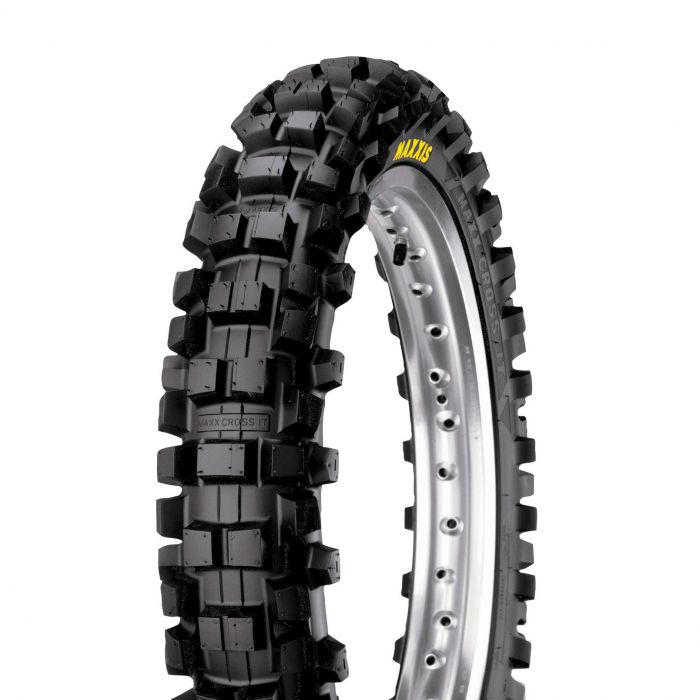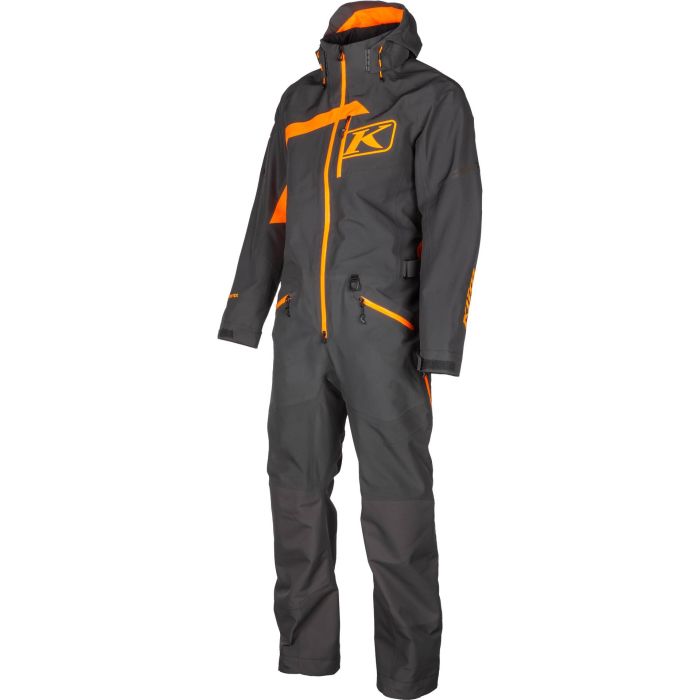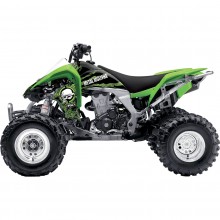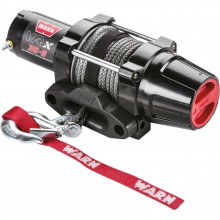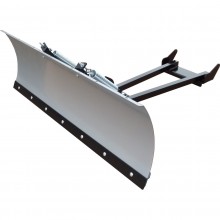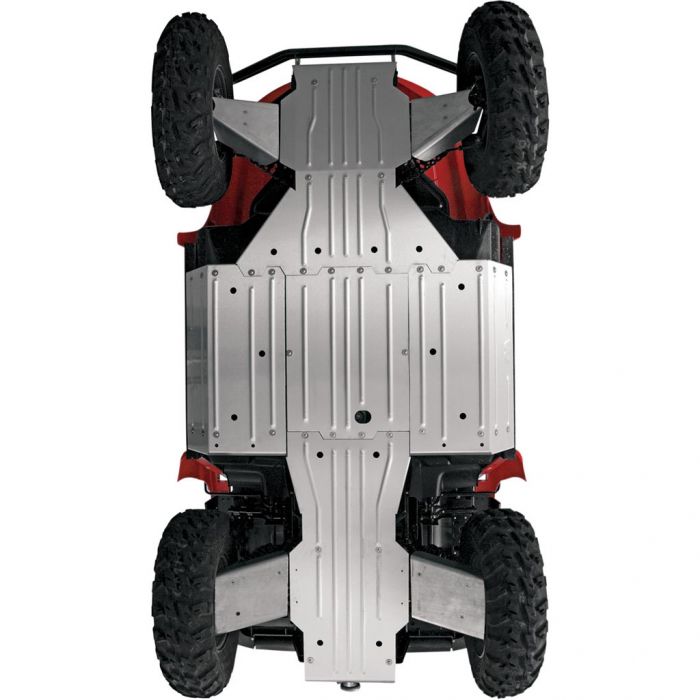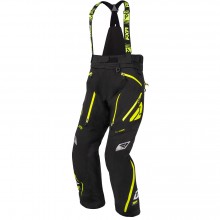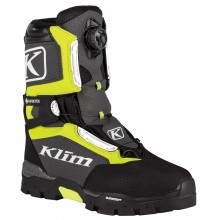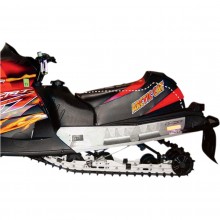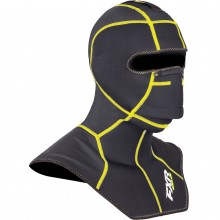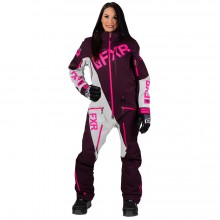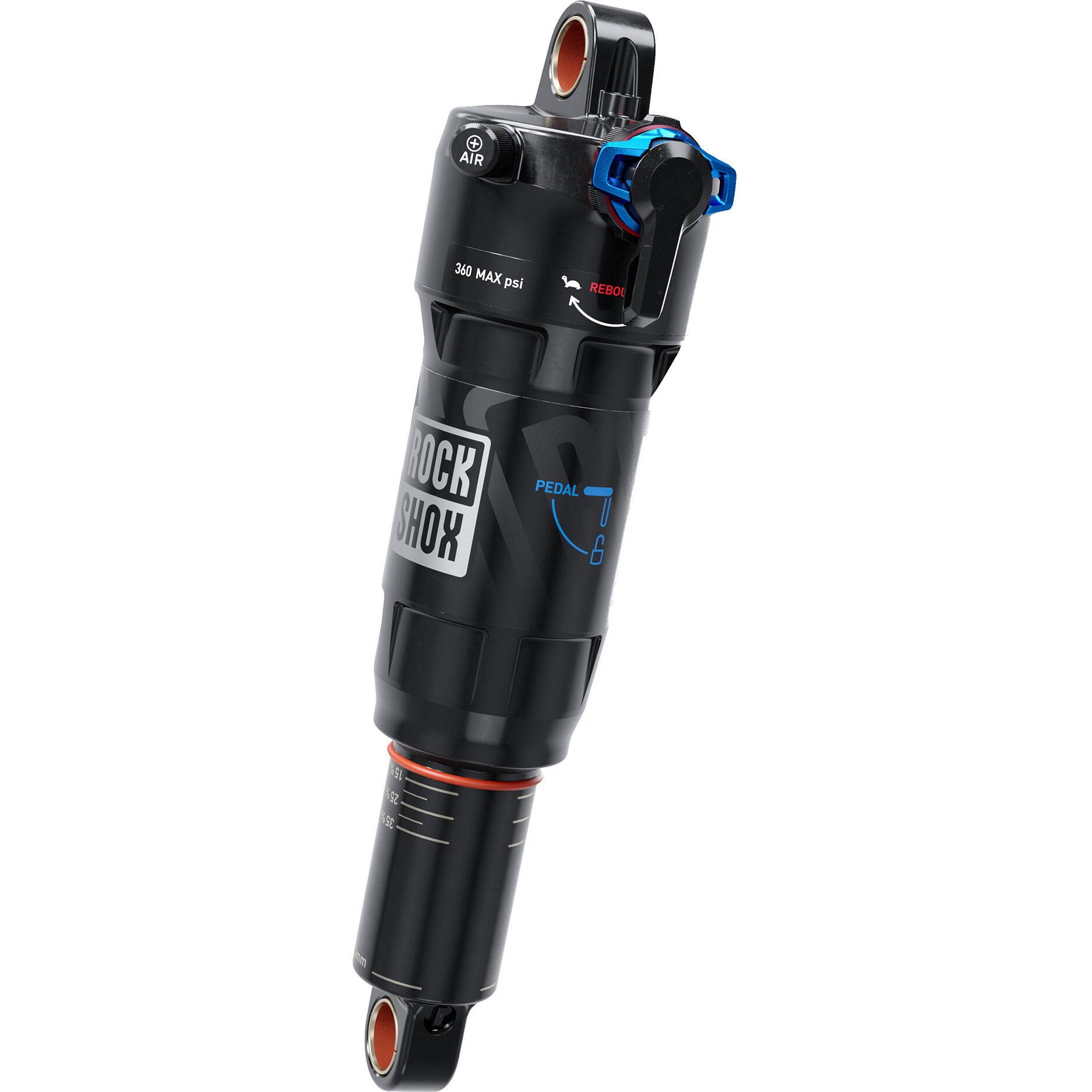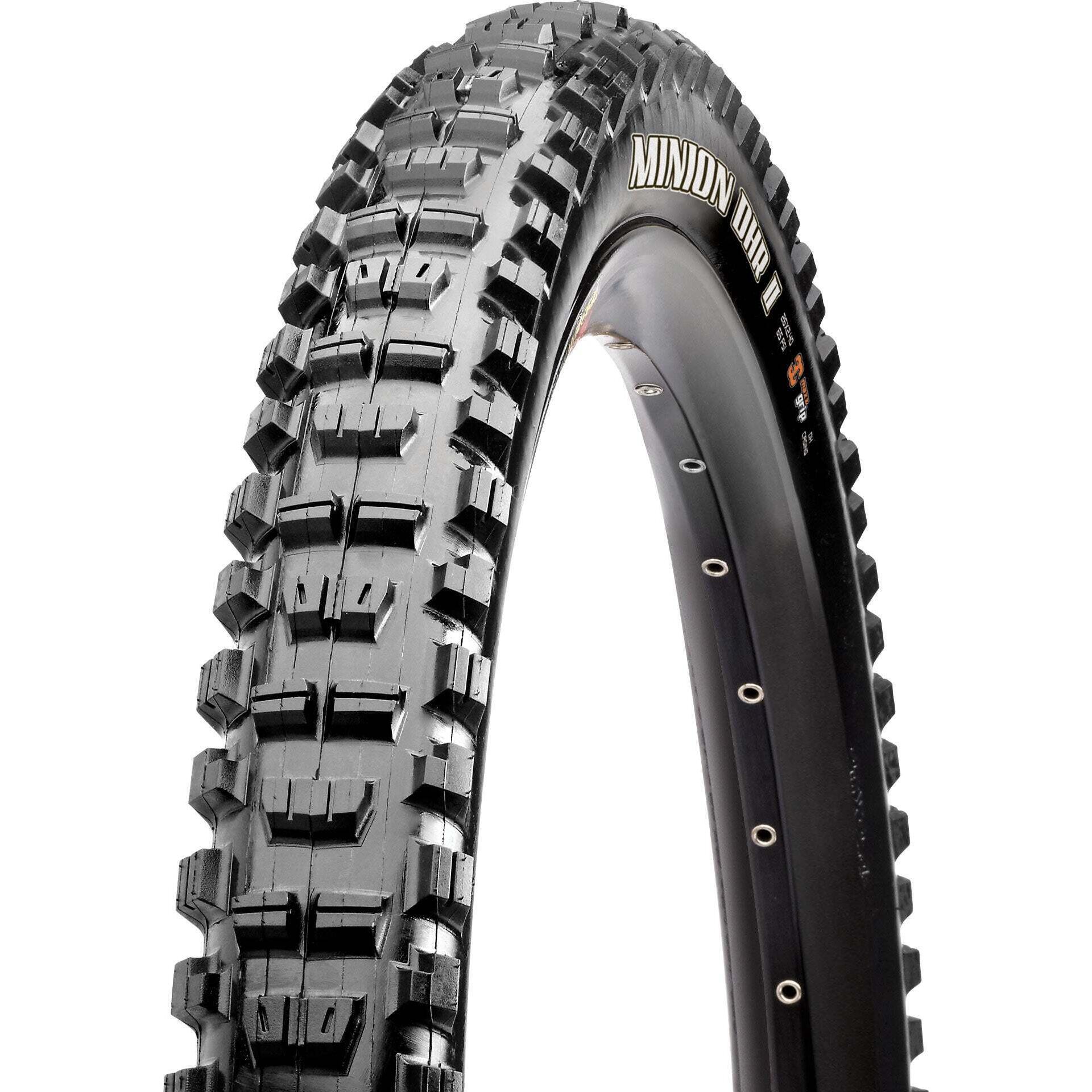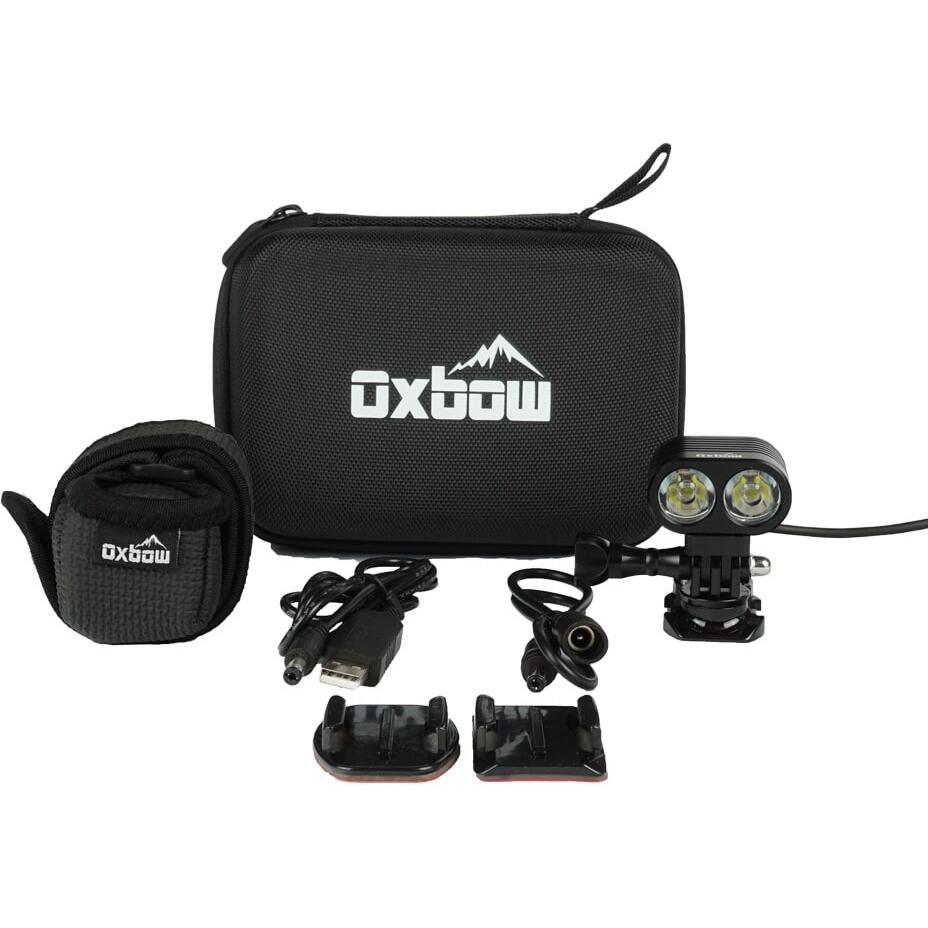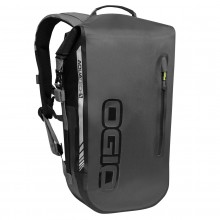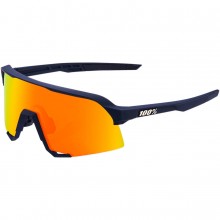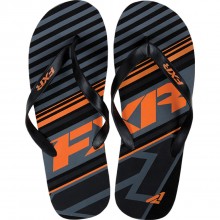In this brief overview, we’ll look over all the basics needed to turn you into a motorcycle chain expert. Grasp essentials like sizing, pitch, roller diameter and chain length. Hey, you might even be able to impress your friends after this!
History
Most street and dirt bikes use a roller chain. The roller chain as we know it was invented by Hans Renold in 1879. You know something is good when it essentially stays the same for a couple of centuries. And that’s pretty much the way it goes with the roller chain. Apart from the addition of fancy O and X rings to aid lubrication, the roller chain has remained pretty much the same.
Sizing
Roller chains are sized in three ways: pitch, roller diameter and the width between the inner plates of each link.
Pitch
This is the distance between the centre of two pins. The pitch measurement is based on eighths of an inch.
Roller Diameter
The idea behind rollers is to reduce wear by reducing friction. Chain rollers are free moving, which means that they will cause less friction than something rigid when spinning around the teeth of a sprocket at speed. Roller diameter can change depending on the size of the sprocket's teeth.
Inside Width
The inside width is the measurement between the innermost plates of a link. The inside width must be wide enough to fit around the teeth of a sprocket. The inside width is measured in inches.
Chain Length
Normally, if you’re replacing your stock chain with another stock chain, you just need to count the links on your old chain. Then, order a replacement of the same length. When in doubt, it's best to err on the long side. It's simple enough to take a few links out.
What You ACTUALLY Need to Know
Luckily, you don’t need to worry about the various measuring criteria when you go to buy a chain, because the math has been done for you. Check your owner’s manual and it will tell you the size of chain you need, in three numbers. Typically, if you ride a dirt or street bike, those numbers will range from 415 to 630. Let’s take a 630 chain as an example: The first number (6) refers to the pitch. The second and third numbers (30) refer to the inside width.
Connecting Links
When you install a new chain, you have to join the two ends together after you have wrapped it around the front and rear sprockets. There are two main styles of connecting links: clip and rivet.
Clip style links are perfect if you like to play around with gearing ratios, or if you like to regularly remove the chain for cleaning and maintenance. They work well for dirt bikes and smaller displacement engines. The master link works by simply clipping a small plate over the pins. To disconnect the link, remove the clip and push the pins back through the link.
Rivet style links are better suited for fast, powerful bikes since they are extremely strong and durable. Here, a chain rivet tool is used to flatten the heads of each pin in the connecting link. This way, the pins cannot slide out. The connecting link will now look like any other link, and it cannot be removed without breaking the chain.
Sprockets
A motorcycle chain is driven by two sprockets; a small one at the front and a larger one at the rear. Sprocket sizes and chain sizes have to match, so a 530 chain requires a 530 sprocket.
Now that you’ve covered the basics of motorcycle chains, you can work your way through the rest of this guide! You’ll start off by learning about the different types of motorcycle chains , including O-rings and X-rings. Then we'll take you through the proper maintenance procedures step-by-step: cleaning , lubing and adjusting tension . This will maximize the effectiveness and lifespan of the chain. Finally we'll teach you what signs to look out for when a chain is nearing the end of its life, and how to install a new one .
Let's get started!



